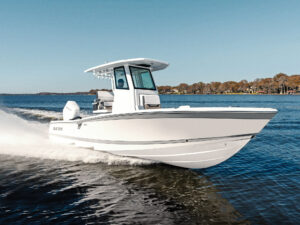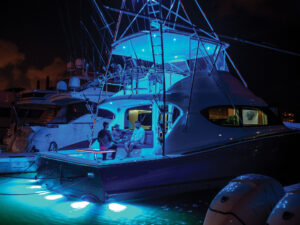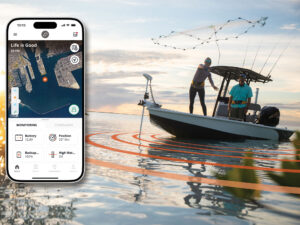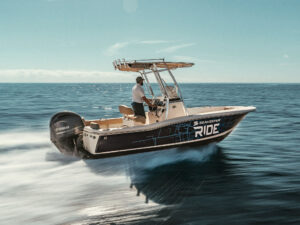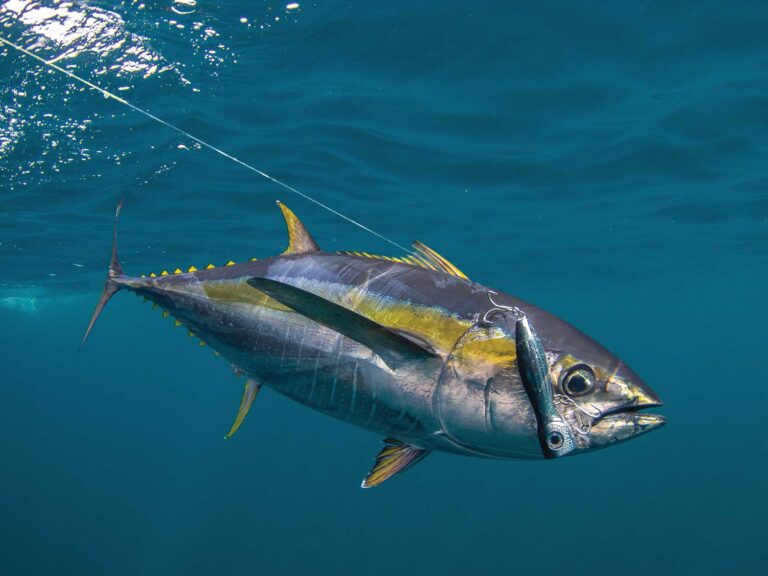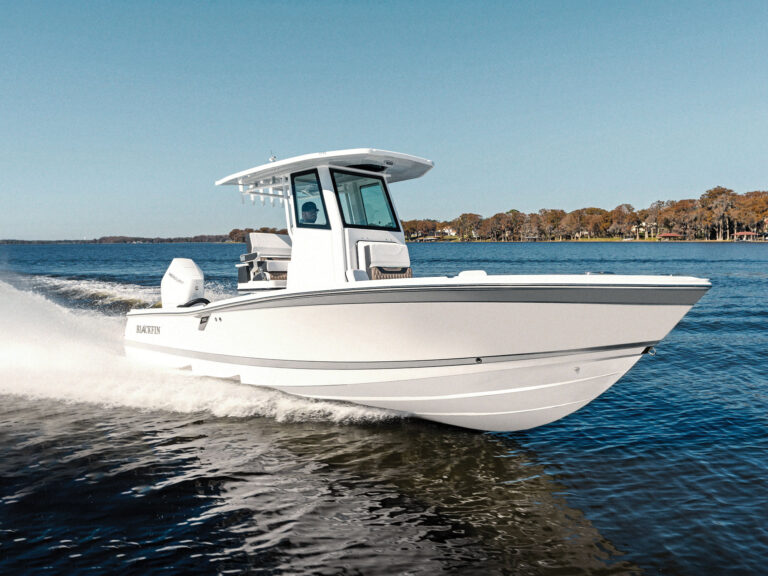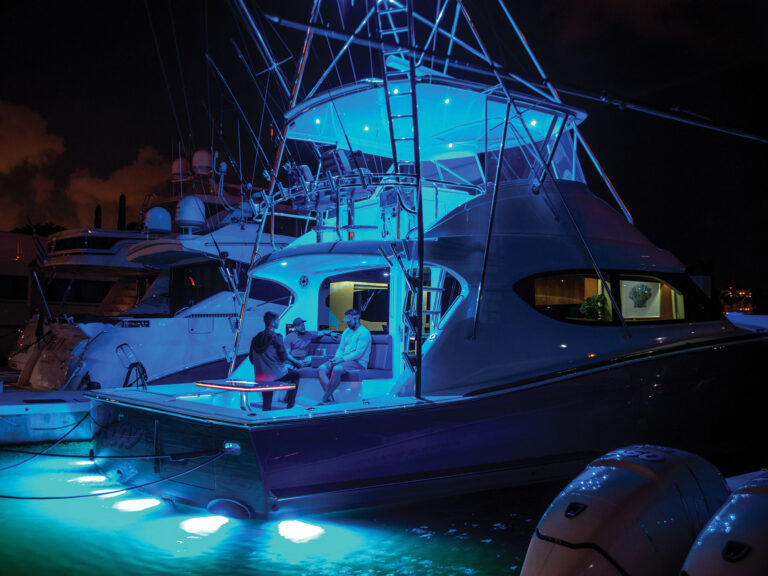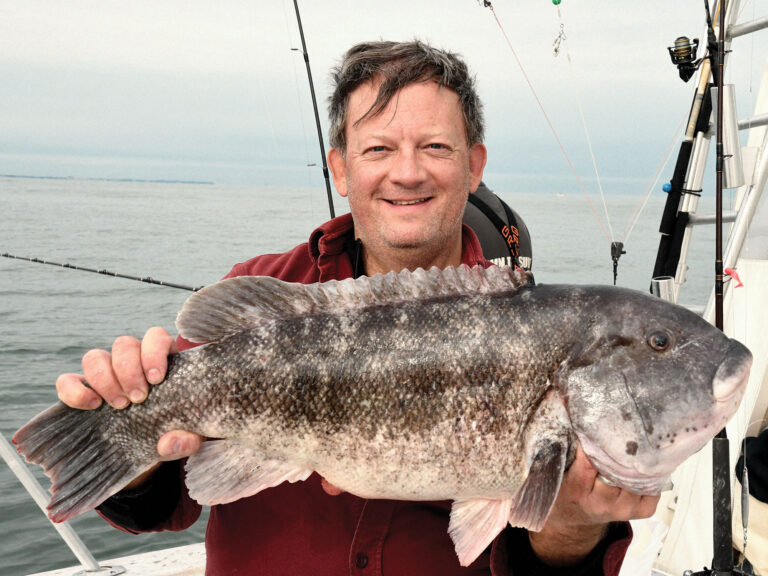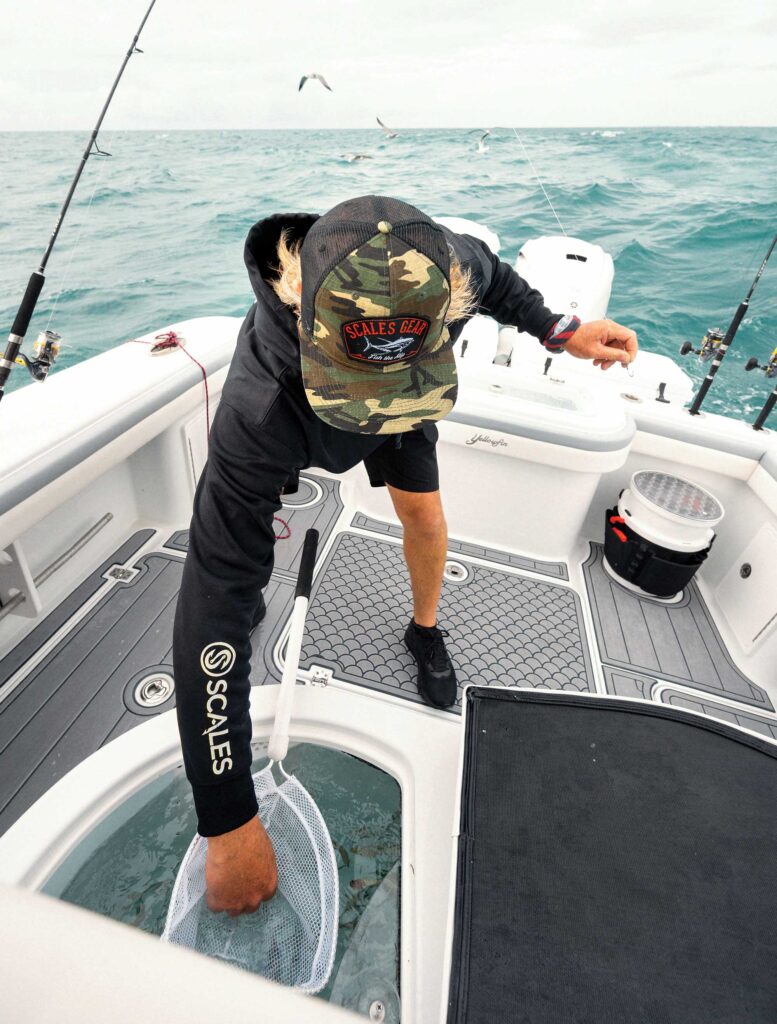
Anyone with a cast net has been guilty of the cardinal sin of greed at least once. When baitfish such as pilchards are flashing everywhere around the boat and every throw ends up with a net full, it’s hard to know when to stop. Just one last toss and the livewell looks like a Tokyo commuter train during rush hour. Then, after the run offshore, opening the livewell hatch reveals an angler’s nightmare. The pilchards have rolled—all dead because the livewell couldn’t handle the load. Many factors go into determining what size livewell you need, and here are some to consider.
What Kind of Fishing Are You Doing?
One of the most popular techniques to fire up the fishing action is to prime the pump with some freebie baits that don’t have a hook attached. It’s called live-chumming, and it also helps keep a feeding school near the boat. This largesse means you might need 10 times more pilchards than if you were using them one at a time. Naturally, this means having larger wells. Conversely, if you use one bait at a time and usually only one or two people are on board, a smaller, solo livewell might be adequate.
How Many Livewells Do You Need?
Having a minimum of two livewells is a good idea for several reasons. If you have people fishing in the bow and at the stern, having one fore and aft is convenient, especially if it’s a bay boat with raised casting platforms equipped with pedestal fishing seats. Also, a second livewell is a good backup strategy if one fails, assuming it has an independent pump. Another reason for multiple livewells is if different bait species are used. Tournament anglers often have four or more kinds of live bait on board because fish can get finicky. And many species don’t play well with others. Overactive baits can bugger up more delicate species. In California, for example, hyperactive mackerel tend to beat up live sardines when these two baits are mixed together in close quarters. In general, big baits and little ones don’t mix.
What’s the Smallest Livewell a Boat Should Have?
For boats used during live-release tournaments, the Florida Fish and Wildlife Conservation Commission mandates that a livewell must be at least 18 gallons and recommends at least 25 gallons. While keeping a few fish alive for weigh-in is different from the usual task, an 18-gallon minimum seems like a good place to start for recreational anglers who might buy six dozen shrimp or 18 pinfish for an outing. On the other hand, if you plan to carry a huge number of pilchards for live-chumming, about 40 gallons is minimum.
Is a Bigger Livewell Always Better?
Bigger livewells aren’t always the best option. One of the considerations is weight. Seawater weighs about 8.6 pounds per gallon, so if you fill a 45-gallon livewell in the corner of the transom, that’s 387 pounds or the equivalent of having Daniel Faalele, the NFL’s heaviest player, sitting there.
With larger livewells, it’s a good idea to position them as near the centerline as possible, unless they travel in pairs. If your boat has livewells in each corner of the transom, it’s a good idea to fill both, even if you only need one, to avoid having your boat list uncomfortably to one side, unless it has a gyrostabilizer to keep it on an even keel. The downside to transom stern livewells is they can also make a boat slower to plane, which can be exacerbated by people sitting on the stern bench seat.
Another problem with having large livewells is it’s harder to catch those last few baits because they’re always master escape artists.
What Species of Baitfish Do You Usually Use?
Generally, baitfish that constantly swim, such as threadfin herring and pilchards, need more oxygen. Baits like pinfish, cigar minnows, goggle-eyes, shrimp and crabs don’t move around as much and have lower oxygen requirements. Some anglers employ oxygen tanks to boost levels when the water is warm, water quality is poor, or the tanks are plugged.
A Better Pump is Like Adding Capacity
A livewell’s capacity isn’t just about the number of gallons it has. Having a livewell pump with enough power to refresh the water every 10 minutes is ideal to help flush the ammonia buildup that occurs, maintain the water at the ambient temperature of the surrounding water, and keep the water oxygenated. This upgrade allows a livewell to carry a denser population of bait.
What is Your Boat’s Primary Purpose?
Some boat designers maximize a boat’s live-bait fishing capability. For example, Pathfinder’s 2400 Open has a 27-gallon transom livewell and a huge 40-gallon aquarium livewell behind its leaning post as standard features. Contrast that to the Pursuit’s 2025 OS 325, which has a solitary 32-gallon livewell (up from 24 gallons in 2024), or the Everglades 335 CC, which has one 37-gallon livewell.
Avid live-bait anglers should do their homework to pick a boat with right-size livewells equipped to handle those times when you can’t resist making that extra toss of the cast net. But those who only occasionally fish with live bait should know that insulated livewells also make great coolers. Either way, it’s a party waiting to happen.
Read Next: Livewell Tips to Keep Your Bait Fresh
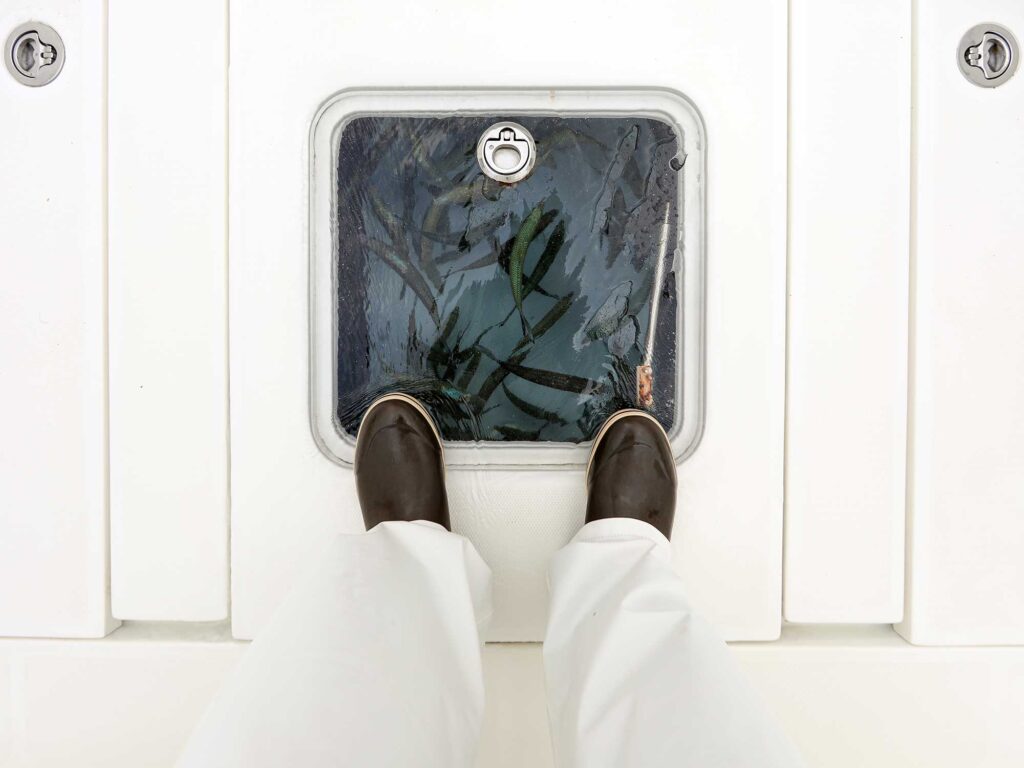
Do Blue Livewell Interiors Matter?
I’ve always read that livewells with light-blue interiors have a calming effect on baitfish. Accordingly, most saltwater boat manufacturers have livewells that could camouflage robin’s eggs. But then I noticed a few things: Yellowfin and SeaVee boats—both favorite brands among tournament anglers—have livewells with white gelcoat interiors. And every bait boat I’ve ever seen has white plastic holding tanks. Hmmm. In a future piece, I’ll do a deep dive to get to the bottom of this contradiction.

